Young Woman Documents Her Fox Eye Surgery and Shocks People With the Results
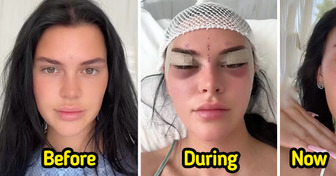
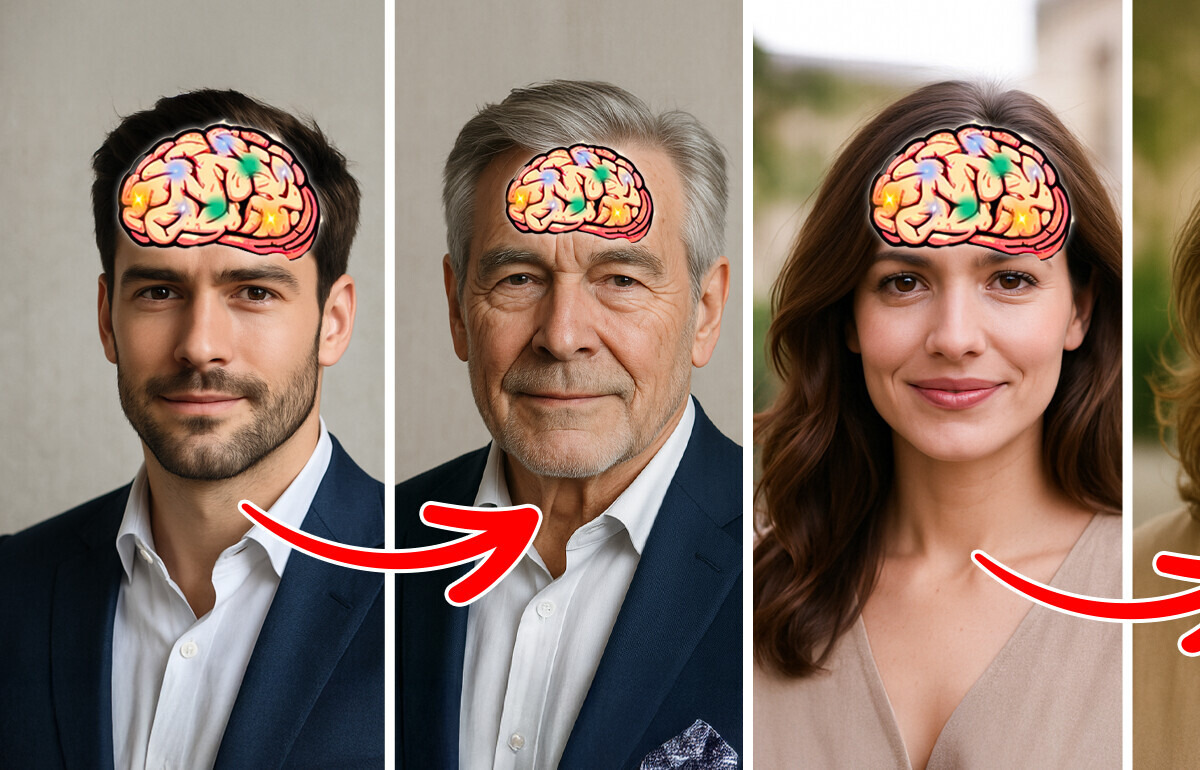
It’s often said that age is just a number. But when it comes to brain aging, science suggests there may be more to the story—especially when comparing men and women. Recent studies reveal significant differences in how male and female brains age. Fascinatingly, these differences may explain why women tend to retain cognitive functions longer than men and are less likely to develop certain age-related brain diseases early in life.
Let’s delve into the science behind these findings—and explore how both women and men can support healthy brain aging through intentional choices and new discoveries.
And science backs it up. According to experts, women tend to have stronger connections between the left and right hemispheres, giving them an edge in multitasking and emotional processing. Men, on the other hand, often show more activity within each hemisphere, which may support focused tasks and spatial navigation. In adulthood, women are more oriented to faces, men to things.
Even structurally, women’s hippocampi—key for memory—often age more gracefully, which may help them stay mentally sharper for longer. These differences don’t mean one brain is "better"—just built to shine in different ways.
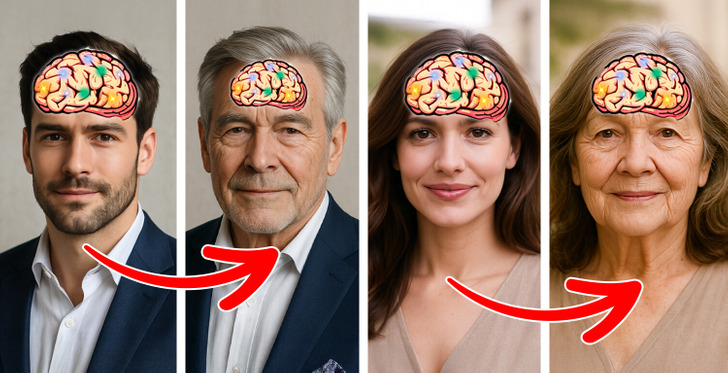
Estrogen does way more than regulate reproduction—it’s a major brain booster too. One of its key jobs? Helping the brain burn fuel efficiently through glucose metabolism.
Neuroscientist Dr. Lisa Mosconi’s research shows that this hormone is a big reason women’s brains stay “metabolically younger” for longer. Using PET scans, her team found that women in their 50s had brain energy patterns similar to those of much younger people—unlike men the same age.
But when menopause arrives, estrogen levels drop sharply. That sudden change can throw the brain’s energy system off balance, leading to brain fog, mood swings, and even a higher risk of Alzheimer’s.
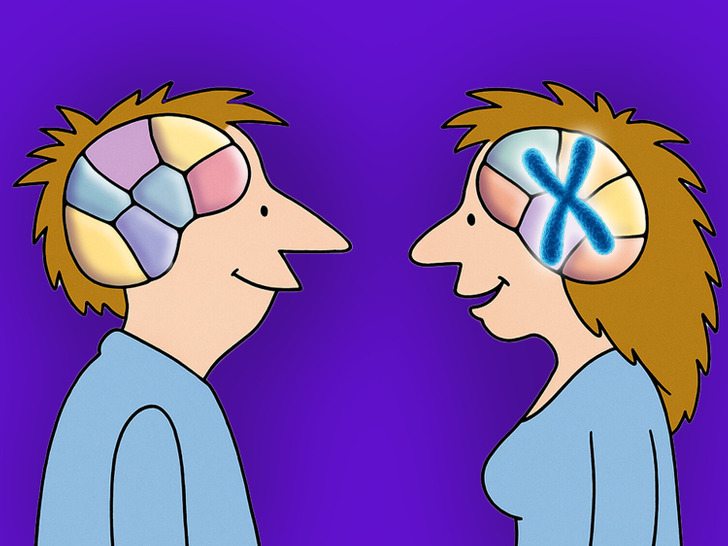
Every woman has two X chromosomes, but one typically remains “silent.” Researchers now suggest that as women age, this dormant X may reactivate, offering a protective genetic advantage. This reawakening seems to act like a built-in backup system, kicking in to help protect the brain and make up for age-related wear and tear. It may help explain why women, even post-menopause, tend to retain verbal memory and mental agility longer than men.
Though scientists are still decoding the mechanisms, the potential implications are massive. This “silent X” could lead to breakthroughs in gender-specific treatments for age-related cognitive decline.
1. Education and mental stimulation: Education is linked to slower cognitive decline. Learning, reading, and problem-solving activities can create cognitive reserves that delay the symptoms of aging-related diseases.
2. Physical activity: Exercise increases blood flow to the brain, reduces inflammation, and supports the growth of new brain cells. Studies show that people who maintain regular physical activity see a sharper reduction in dementia risk.
3. Diet and brain nutrition: A Mediterranean-style diet, rich in omega-3s, antioxidants, and healthy fats, supports long-term brain health. Foods like berries, leafy greens, nuts, and fish have shown protective effects against brain aging in both men and women.
4. Sleep and stress management: Quality sleep is vital for memory consolidation and waste removal in the brain. Chronic stress, on the other hand, accelerates brain aging. Mindfulness practices, therapy, and strong social bonds may help reduce stress and, thus, support cognitive resilience.
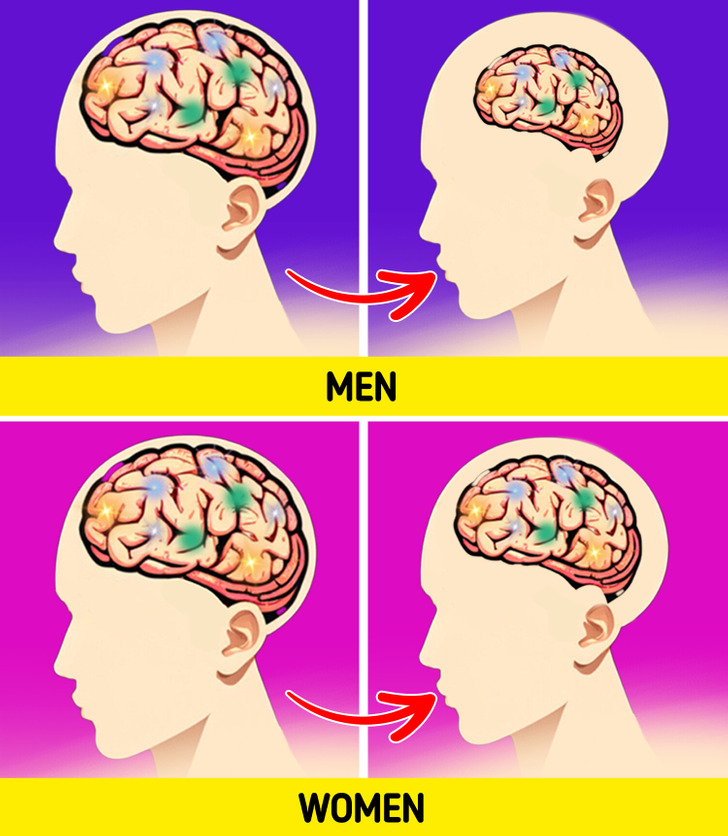
In truth, while some slowing in processing speed and recall can occur, significant memory loss is not a normal part of aging—and shouldn’t be accepted as such.
Men, in particular, should be vigilant about early signs of decline. They can:
Women should be aware of the brain effects of perimenopause and menopause, understanding that hormone fluctuations may cause different issues. They can:
As research continues to uncover the gender-specific intricacies of brain aging, one thing becomes clear: aging doesn’t have to mean decline.
Understanding the differences between male and female brain aging not only empowers us to take action, but it also paves the way for more personalized medical care and treatments in the future.
The reawakening of the silent X chromosome in women, the brain-preserving powers of estrogen, and the influence of lifestyle choices all point to a hopeful horizon. By tuning into these insights, both men and women can age not only gracefully—but wisely.











